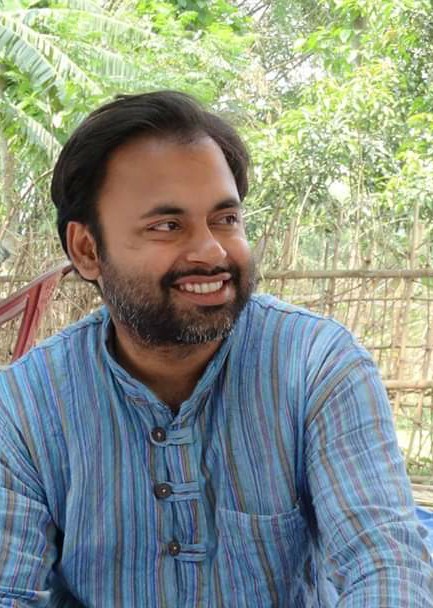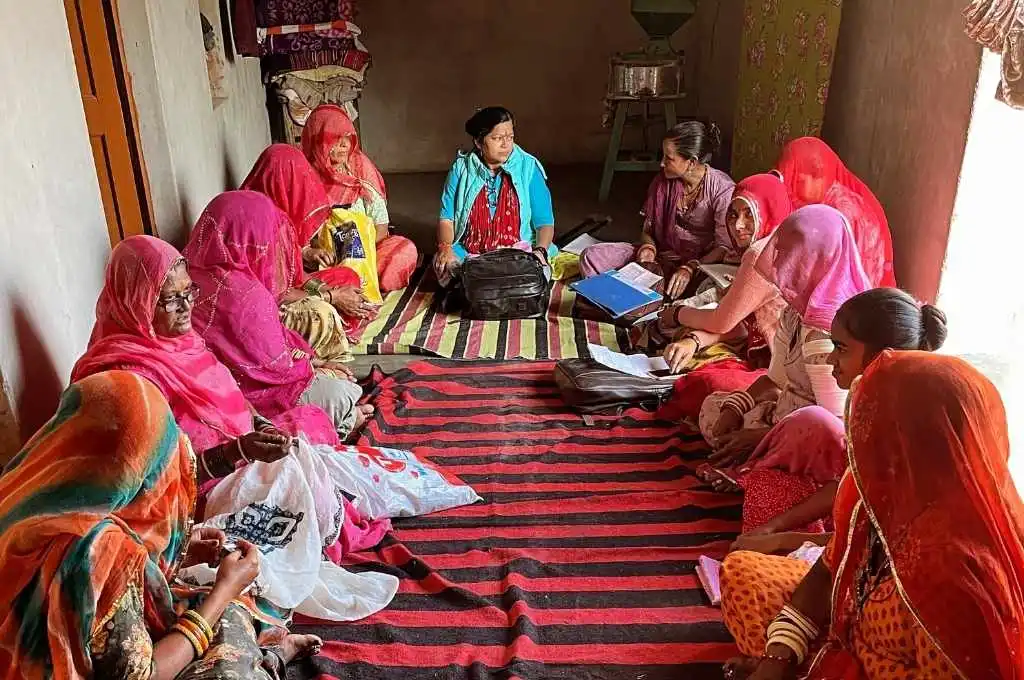The rhetorical use of ’empowerment’ in the development discourse started taking shape in the mid 2oth century, as a means to challenge power structures for the public good. Since the mid 1990s it has been used profusely across all sectors (including corporations), giving it the nuance of a cliché.
In the same rhetoric, the debate on women empowerment has intensified as a fundamental approach for transforming power relations in favour of women. However, while the term ‘women empowerment’ has been used frequently by policy makers, professionals, and academics; there is little clarity as to how it can be achieved.
That’s why, drawing on my experience as a development professional in PRADAN, working with women’s collectives, women leaders, funders, government and programmes, I attempt to revisit the effectiveness of efforts toward women’s empowerment.
Given the ever-increasing focus of government, funders, and professionals on including women in various schemes and programmes, it is imperative to make a distinction between programmes that are for women, and women empowerment. Because in the present scenario, anything happening with, or for women, falls under the category of ‘women empowerment’.
Related article: Designing financial products for women
Women and credit
Including women for leveraging credit is largely postulated on two basic tenets:
- Women groups such as Self-Help Groups (SHGs) can be made accountable for utilising the credit and on time repayment through exercising peer pressure within the group.
- Access to credit leads to an increase in women’s say in decision making and overall empowerment.
The above hypotheses consider women as conduits for households to access credit, thereby limiting the scope of the empowering process.
When PRADAN started its team in 2013 in Kishanganj district in Bihar, the first question asked in the community was what benefits would people get by organising women into SHGs? At the end of one year, our team could promote only 20 odd SHGs and faced many obstacles from men, as they were against the idea of allowing women into any collective publicly.
But the year 2015 was different, especially when NRLM intensified its operations in the district. There was a tenfold rise in the number of SHGs – and this happened without much of our facilitation. Some of the men who were against the idea of women getting into SHGs, started approaching us to start operations in their villages. It was obvious that the monetary benefits assured by NRLM in the form of government schemes, grants, and credit persuaded the men – women were, at best, channels to avail those benefits.

There are a lot of cases where men influence loan decisions, while on the surface women seem to be forwarding the application | Picture courtesy: PRADAN
Credit and empowerment
The model of extending small credits to women’s groups without collateral boosted the SHG movement in India, which has been appropriated by NRLM. Over a period of time, there has been an attempt to establish connection between access to credit and empowerment for rural women.
Considering women as conduits for households to access credit, thereby limits the scope of the empowering process.
The major argument put forward is that there is a lack of opportunity for rural women, owing to the lack of robust credit services; thus they live at subsistence level, and are subservient to household needs. It is further argued that microcredit facilitated through SHGs may help women to engage in income generation activity thereby increasing mobility, confidence, and overall status of women.
In all of these arguments, the fundamental assumption is that economic activity for poorer households is primarily dependent on availability of credit, and credit leverage may help communities to come out of poverty (it is worth noting that the same amount of credit support to the two families having similar economic profile does not mean that the impact of credit would be the same for both families). However, the fact is that the biggest flaw of the credit-centric model is that it does not take into account other factors such as attitude, ability, assurance, asset, cultural aspects, and family history.
It stems from the affinity group approach being developed for extending credit to women, which creates an illusion that women congregated in a group and having regular meetings, is sufficient to facilitate empowerment.
There are a lot of cases where men influence loan decisions, while on the surface women seem to be forwarding the application. In fact, helping women to decide and act on their livelihoods is a slow and engaging process. However, flagship programmes like NRLM, operating with a mandate to reach larger geographies, do not look into the utilisation and management involved in extending loans to women much. It is obvious that without engaging with access and control of household-level benefits, much progress on women’s say in decision making cannot be brought forth.
Another argument is that creating earning opportunities for women will be empowering and may help women to exert their rights. This seems to be logical, but my experiences here in Kishanganj have been different.
For instance, the Santhal tribe is a scheduled tribe community whose women are predominantly engaged as agricultural labourers, who contribute to 30-40 percent of their household income. Yet, they are not free to decide where to go for work or whom to work for. Decisions are mostly taken by male counterparts, even if they are not physically present in the village. There are many women from rural heartlands who toil as hard as men, but do not enjoy equal rights.
So it throws a big question: if not credit, if not income, then what?
Related article: ‘Men-streaming’ women’s economic empowerment
Women and empowerment
It’s not that credit does not create impact in the lives of women, in fact for many it’s a boon, especially independent farmers and entrepreneurs. Similarly, income in the hands of women does have an impact on the confidence of women. But access to income and credit is a step towards realising equality. It alone is not a sufficient condition for empowerment. Nevertheless most of our programmes revolve around these two aspects without hitting the social structures we are in.
Most of our programmes revolve around income and credit without hitting the social structures we are in.
Another short sighted view is that empowerment is largely treated as an end goal in itself. It generally leads to a frail strategy where creating one kind of benefit-driven programme is thought to be empowering. Hence in most cases, policy makers and workers consider affirmative action as empowering for women.
Pradhan Mantri Ujjwala Yojana (PMUY), launched in 2016 by the Government of India, is one of the best examples. No doubt, PMUY if implemented in a proper way may reduce the burden of thousands of women and children engaged in collecting firewood. But has it created any change in gender relations at home? The answer is a blunt ‘no’.
In my experience, people must take it upon themselves to bring change and in that sense change cannot be intervened. We need to engage with women across different communities and structures, as they themselves are the best judge of their lives and the platforms they need. Once such a strong environment in a closed affinity group is created, people tend to forge partnerships to challenge unequal norms. Obviously, SHGs have been looked at as one such mechanism. However, the way it is being promoted – as a vehicle for delivering benefits to the households – may no longer serve the purpose of building such communes of support.
Not to conclude
While women collectives, created by NRLM, are a great capital to work on issues faced by women, they are also increasingly used as vehicles to route funds and offer government programmes. Given this, such collectives naturally deviate from women’s issues to the mandate of the government.
Are development agencies concerned about what women can do for development, or what development can do for women?
All said and done, the path leading to empowerment is still long, as gendered identities exist in our values, beliefs, and action. There needs to be greater partnership among policy makers, funders, academics, practitioners, and media, to help create an environment of dialogue within communities, and within institutions. This kind of partnership must guarantee that there are constitutional arrangements for safeguarding people’s right to speak up and engage in public discourse. Mere laws and provisions are far from sufficient.
Finally, we must ask ourselves: are development agencies concerned about what women can do for development, or what development can do for women?
Disclaimer: The views expressed in this article are personal, and not representative of the views held by PRADAN.





